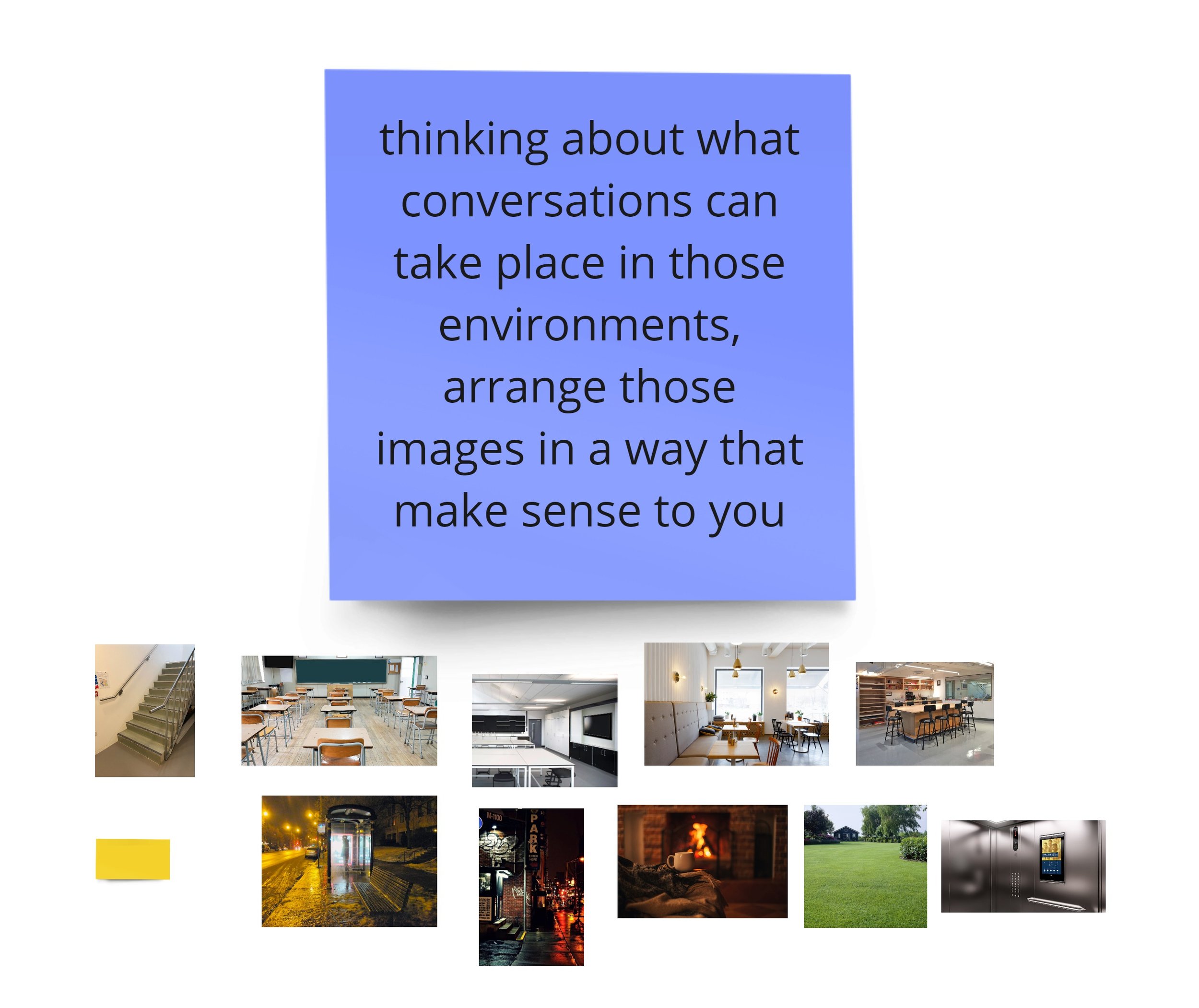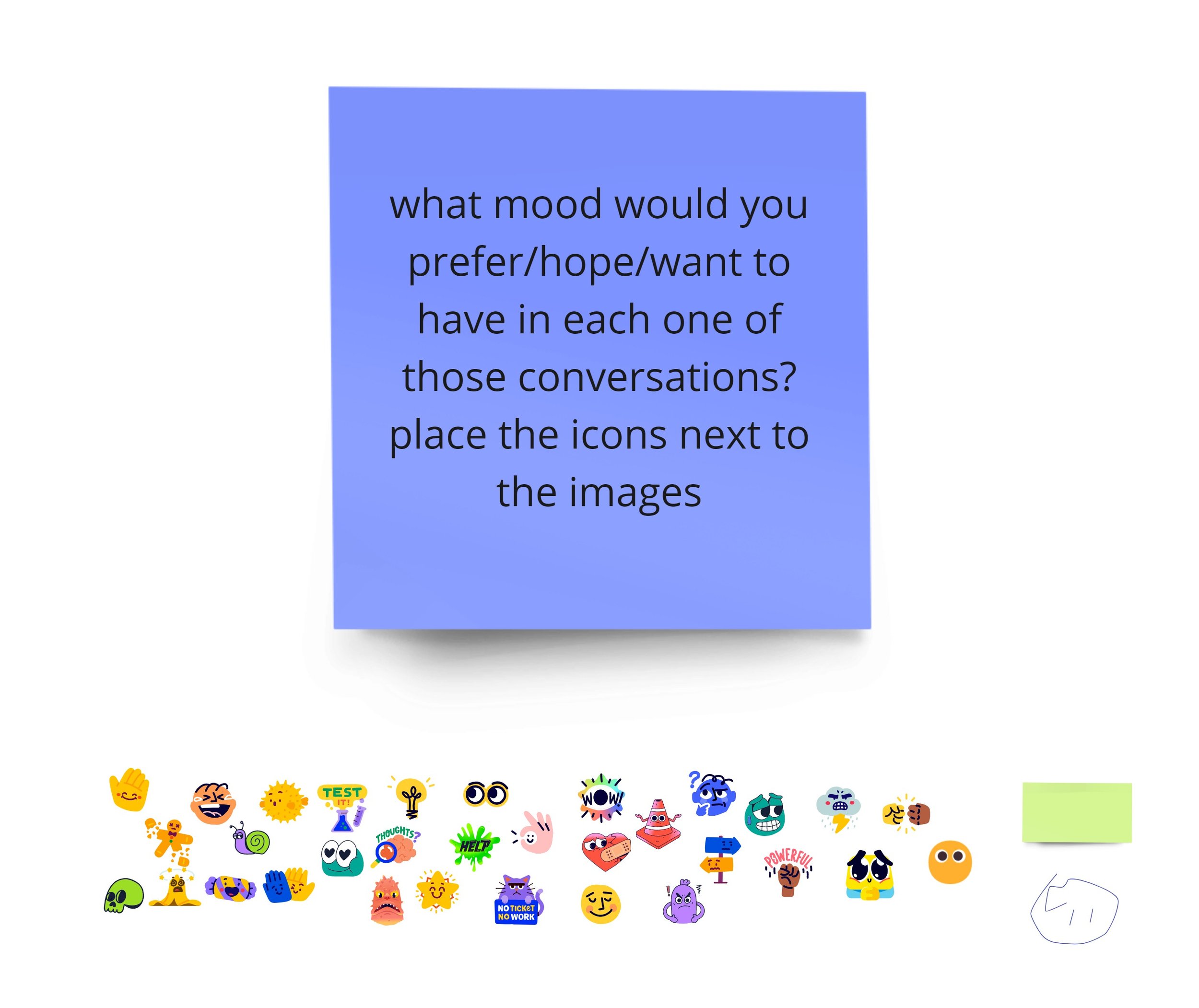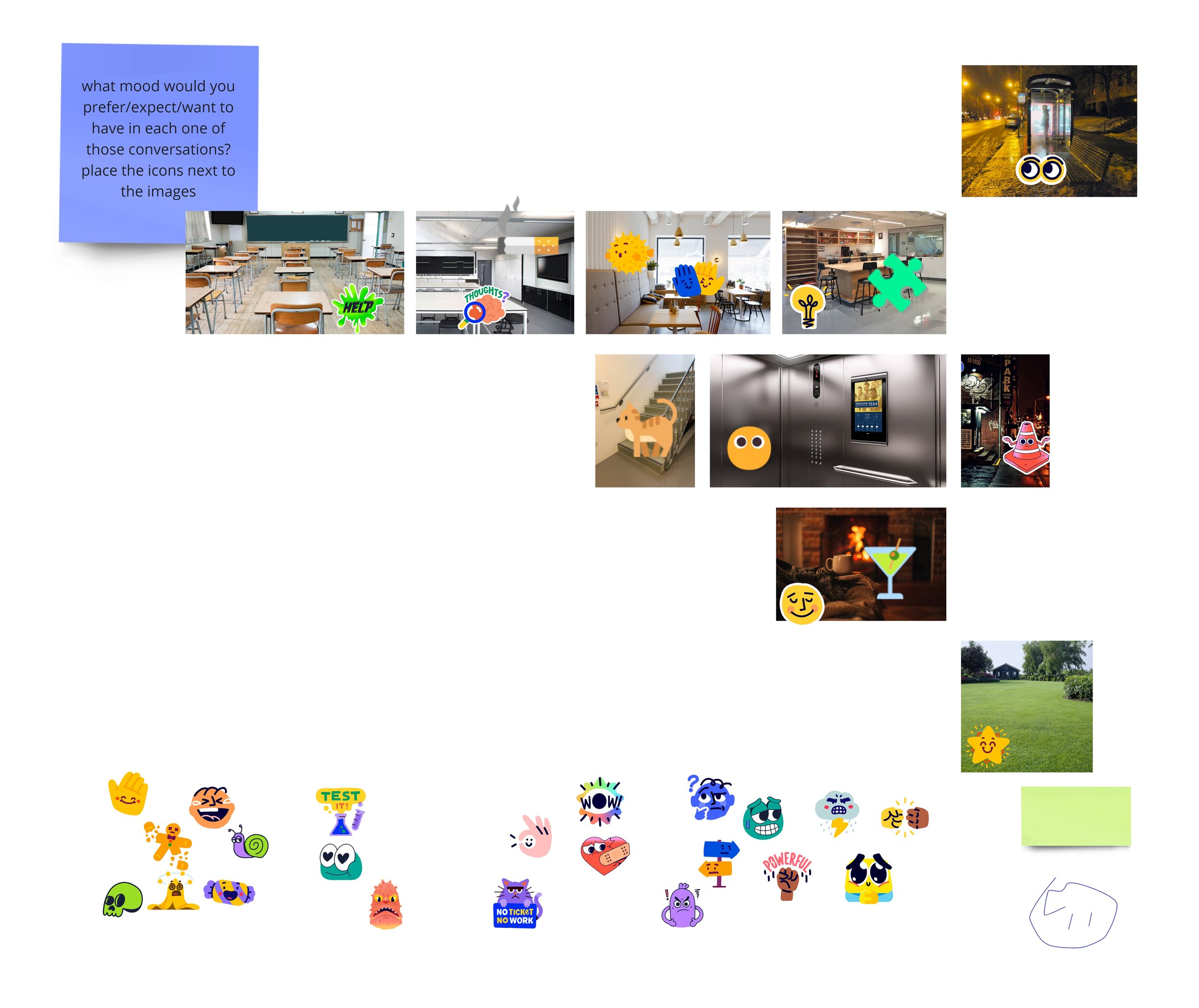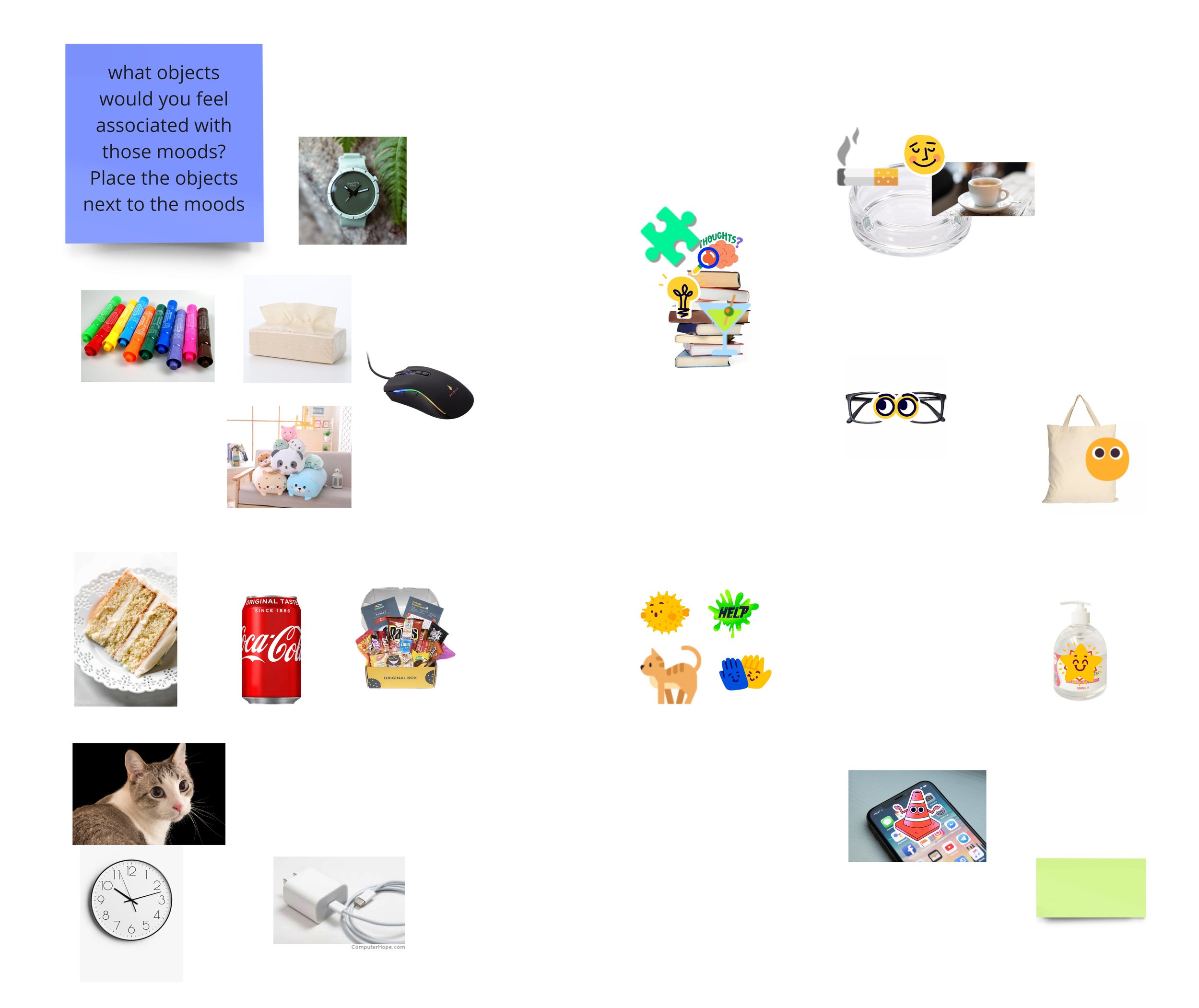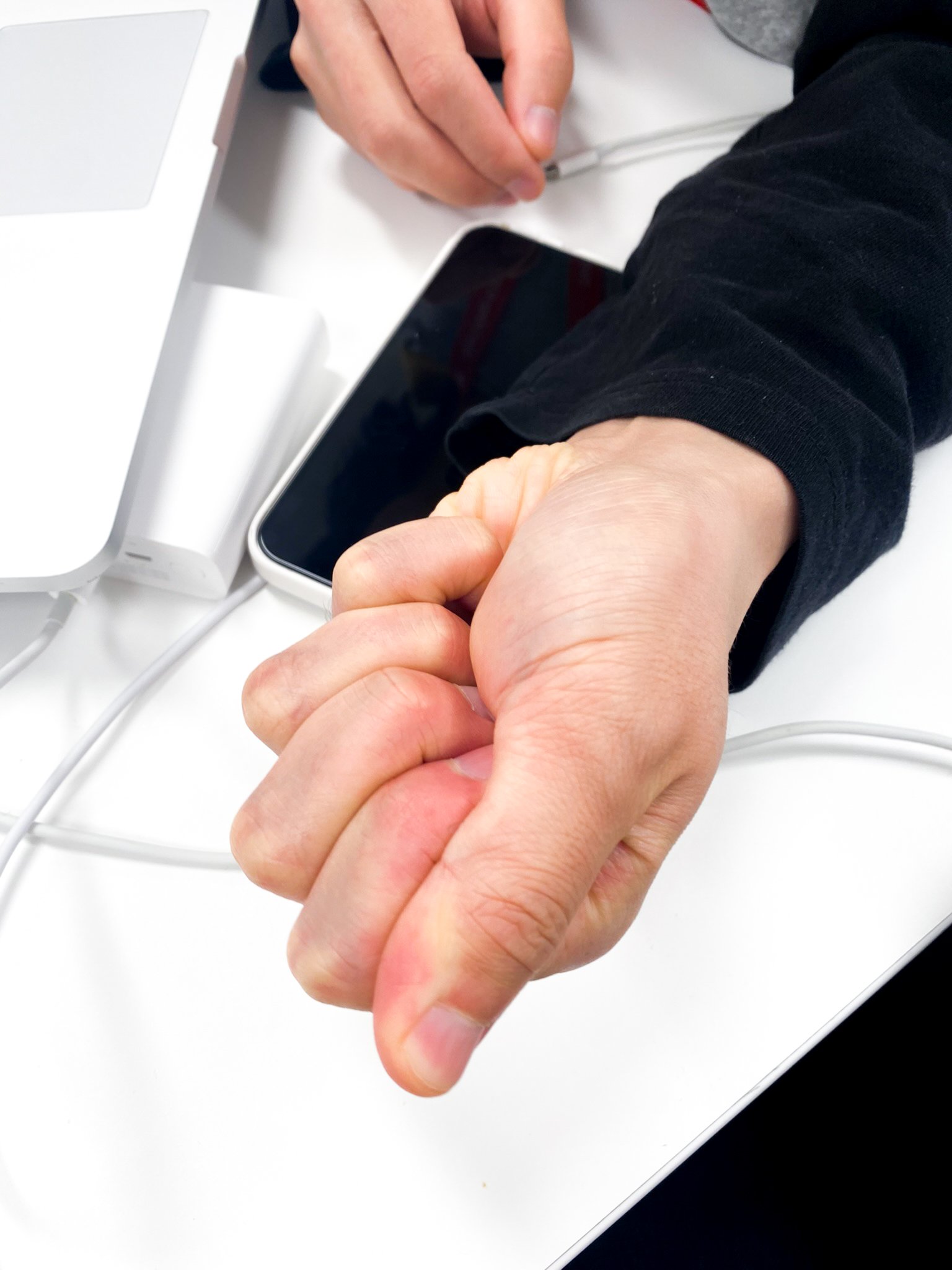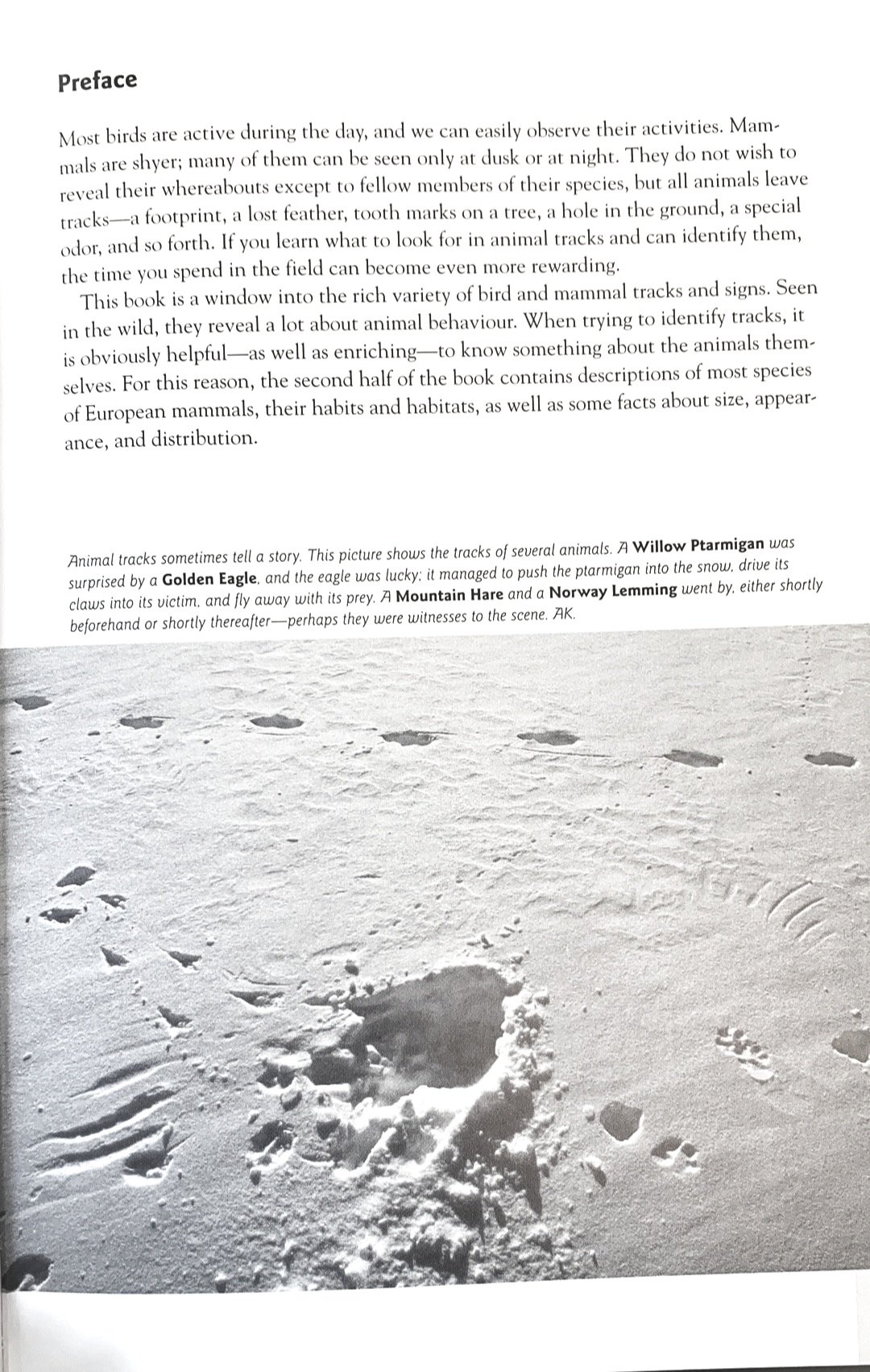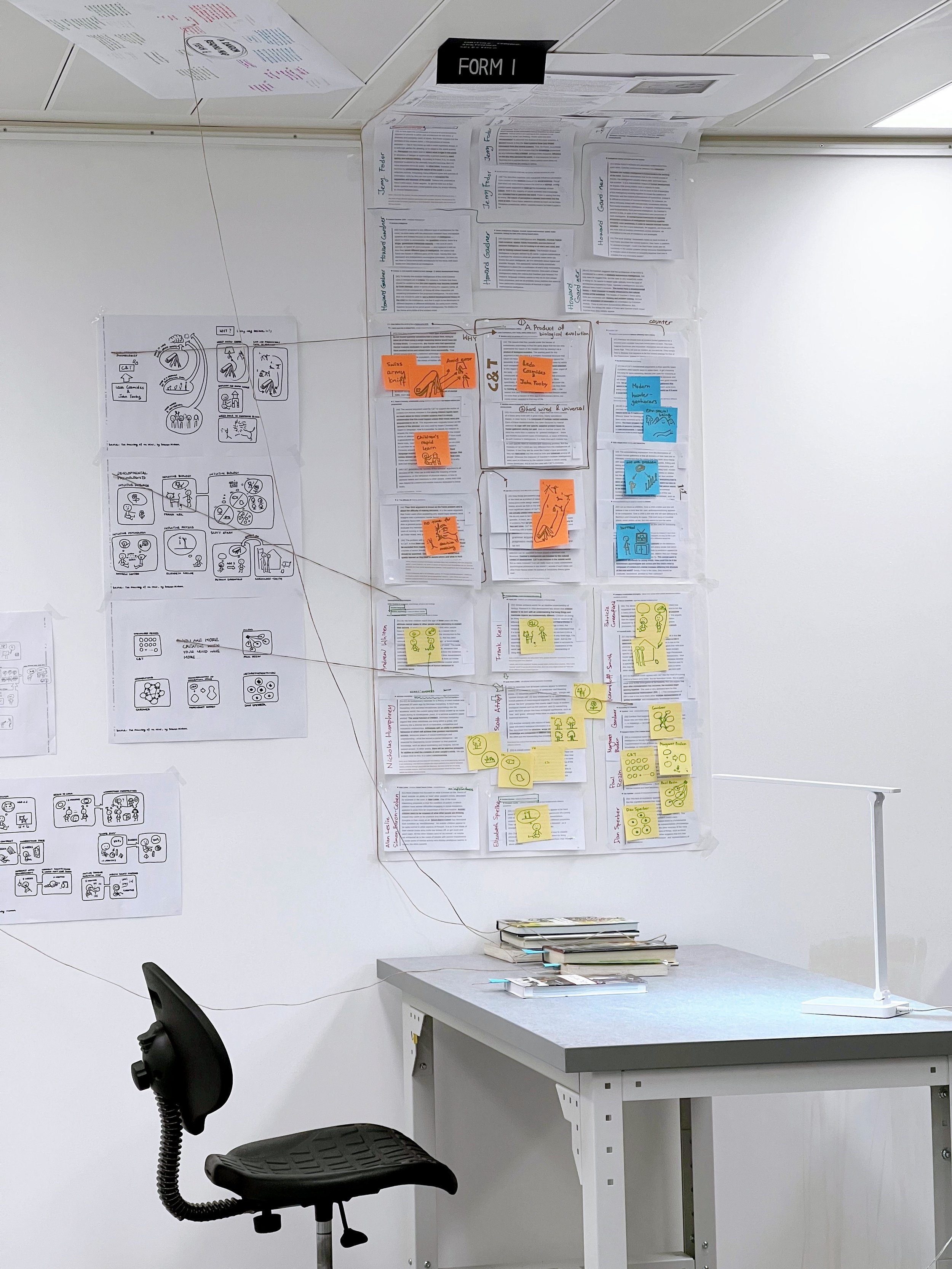
Form of Your Thoughts
A Study of the Internal Communication Process
In the autoethnography research methodology, triangulation uses different types of data to understand the research subject better; crystallization is the process of securing the data. Through a series of practises and exercises, I was on my journey of trying to understand different ways to approach the crystallization. The different methods I tried can be used to collect different types of data for the triangulation process.
The process of narrowing down led to a defined research project (next step research see Form: Chat).
(All diagrams and images created by me unless otherwise noticed.)
Research Starting point
Have you ever had the feeling of “how could he/she/they say that?” “How in the world could that person do that?” “How inhuman that person is?”
A small piece of information about the world is: we have very different “abilities“ in our brains. I can visualize a random object or scene in my mind and manipulate it while my mom can’t. On the contrary, my mom runs macro trends and economic predictions in her mind as her second nature, while my brain pretty much goes blank when it comes to those topics. This difference is not just to say we have different interests or knowledge, but we have very different mental models and mental “toolkits“. It took me a long time to realize things I can imagine and feel don’t work the same for my mom. It also took a long time for my mom to realize what she thought was common sense and that I should know just by existing in the world is actually only common sense to part of the population. My point is, how could the world with all those differences still be able to understand and empathize with each other? How? Really how???
I wonder if there could be something to do with decoding and categorizing the way we think. I wonder if identifying how the person processes information uniquely could help us understand each other. I wonder what are the different ways people use to process information.
I started with the attempt to understand how 3D elements can be used to provide context and clarity in thinking processes and ultimately reduce conflict in communication. I wondered if different methods of 3D note-taking have any impact on the retention and comprehension of information.
Research Phase 1
Broad Exploration

phase 1 Research Target
The concepts of communication, interpretation, and physical objects in general. How might physical objects/surrounding affect in-person communication?
broadly look up literature
I first looked into infant development because I wonder if infant study can bring me understandings of how our brain is constructed.
Screen shots from: Baby Human. 2004. [Film] Canada: Ellis Entertainment.
Refreshing the Skills I have
I learned interviewing methods in my undergrad. I exemplified what I can do with the interview method by explaining through a video and conducting three test runs to refresh my understanding of industrial design research.
Interview a Glass
What I did why I did this blah blah blah. I’m being lazy to edit this part lalalalalala
Interview with Generative Tools
I interviewed 3 participants. Participants will see this when getting into miro. The interview consists of three exercises (plus one warm-up exercise). Interviewees will access to miro board to complete the exercises. Then being interviewed about why they did the way they did.
Task 1, photos from the internet
Participant Z
Participant K
Participant M
The first board is called Image Deck/Image Sorting. It prompts the interviewee to recall their experiences through going through the images, and try to give an order of the experiences. The activity is aimed to figure out the borderline or margin point of someone's belief or judging system or experience.
Task 2, icons from miro
Participant Z
Participant K
Participant M
The second board is aimed to help interviewees think about another layer of information (in this case their emotions) in the system they constructed previously. It's to observe how people make sense of new layer of information in their stated world view and/or how that refine their stated world view.
Task 3, photos from the internet
Participant Z
Participant K
Participant M
Same as the second board, the third board is to add in another layer of information (in this case objects) in their systems again. I want to see how they connect emotions with daily objects and what insights might this kind of odd connection bring up.
experiments of potentials
At this point I feel very stuck. I don’t know what is my direction and what could I do to move forward with my research. So…. blah blah blah
Product-Material Associations
Not sure what to do, I decided to just pop some experiments in and see where could it go. One of the questions I had was how people might read from objects. And maybe isolating one feature of the object could create more ambiguity on what people are perceiving, so they might bring up more unexpected connections. So I cut objects into similar-shaped pieces.
Text on Leaves
Still stuck. So I popped up an experiment again to see what it can bring me. I threw a bunch of leaves at the entrance of the room, with the intention of observing how people's behaviours were informed by the intervention. I also wrote texts on the leaves. As the leaves are stepped on, the texts break and form new meanings with the strokes.
We had fun. And the idea of paying attention to text got me thinking.
Research Phase 2
Texts on 3D Objects

phase 2 Research Target
Olsen, Lars-Henrik. Tracks and Signs Of the Animals and Birds of Britain and Europe. Princeton University Press, 2012.
From my leaf experiment, I found
I was reading Olsen’s book Tracks and Signs Of the Animals and Birds of Britain and Europe for fun and realized people’s words are like traces of human thoughts, just like the trails and footprints animals left behind.
So my goal in phase two was to explore how might we collect the tracks and signs of people’s thoughts.
Writing on boxes and note-taking interview
Experiment outcome by myself
I first tried hand writing down the quotes from the books I was reading. I was wondering if hand writing can help me better absorb the information. And by writing on a big sheet, if I can link the content with the location information.
Experiment outcome by myself
Still feeling stuck with a lot of thoughts in mind, I found that writing on paper doesn’t feel natural to my way of thinking. So I started to write on a box by my side and found that comfortable for me.
The box brought in the idea of orientation, in side and out side, close and open (dynamic & privacy), opposition and bouncing back in 3d... It brought in more dimentions in writing and organizing thoughts.
After trying by myself, I wonder if others can get me more insights, so I brought different shapes of boxes for my peers to choose and asked them to write what's in their mind recently on the box they pick. And they gave me different thoughts:
Experiment process with participant H
How the dynamic and flexibility of different surfaces affect reading sequence.
Experiment outcome by participant K
How ‘breaking into’ the material enables carries a different type of energy for noting.
Experiment outcome by participant Z
Experiment process with participant Z
Opportunities for using notes as wearables and other display opportunities.
Experiment outcome by participant L
The quality of privacy differences between insides and outside of the object.
Found Objects
I'm looking for some quick-accessing systems of information. And I wonder if writing on found objects can help me association the information with the object so that my room can remind me of what was in my mind.
A plastic bottle is transparent with complex surface transitions, like natural grids for me to write. I can't write on the inner side, but it still creates interesting overlaying effects. Because there are so many orientation opportunities on a shape like a bottle, I could easily highlight things by changing the orientation (and with colour differences).
Writing on this semi transparent surface it's fun. I can read the text from the other side. It's has a natural highlight depends on which side you place it. And I tried different orientations to write, which creates different difficulties of reading. And depends on which angle you place it, it forms different hierarchy of the information.
An egg carriage has interesting typography. I can write in different orientations, across surfaces with the string of thoughts, and it makes the writing more interesting. It has natural highlighting point which could also be used as a way to group thoughts. It also opens up a unique way to display notes.
The coffee tray also has very interesting typography, which makes the writing adventurous since it's difficult to predict the surface quality for the next line.
The sushi box has a bigger proportion of flat surface with natural grid on it for me to write something that's visually formatted. I used it as a reminder. It's also good for writing additional information. The surface turnings create natural visual hierarchies. And I don't feel anxious about approaching the margin when writing because each side can be continuous into another side.
The sushi bowl feels like a combination of the cup lid and the sushi box. Readers' attentions are drawn toward the center, while the circular rings around provide varies orientations of formating the information.
Research Phase 3
Building Thinking Models

readings
Writing with hands didn't make me feel better understanding the knowledge. So I tried with typing, printing and then mapping on a big surface. Sketched diagrams serves as anchors for me to quick access my memory about that information at that location.
I then tried to treat the reading highlights as product design ideations and applied convergent thinking skills to manipulate the sketches. I'm trying to see if my previously learned product design process can be applied in research practice.
Arrow Models
The earlier experiments mainly focused on how to plot each one of our thoughts onto different forms of surfaces. But how can different forms of thoughts speak to each other?
In my mind opinions come like arrows. They shoot toward the core of the topic from different directions and backgrounds.
I tried to plot out the different considerations of my current research question. These models provide opportunities to reconcile different viewpoints.
Net
Weaving post-its together allows me to document with more free forms. It's easy to connect various topics, adding or joining topics together. The set-up is easy to uninstall, transport, and set up at a different location. However, it can be time-consuming to create.
Zijing was prompted to make something physically about what's in his mind of the week. He was thinking about his interview project. So he made a camera that represents filming the interviewee with details of the interview goal written on the clapperboard on the camera. We then discussioned about his thinking process.
Zijing thinks with scenaries. When prompted to visualize what's in his mind physically, he thought about the scenary of himself shooting videos to his interviewees. He then tried to create something he could interact with to replicate the scenary in his mind. It's very different than my mind which is mostly through keywords and morphing diagrams.




